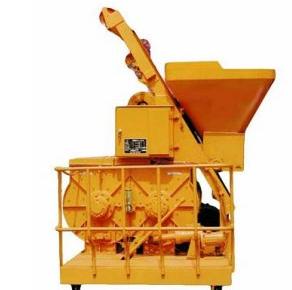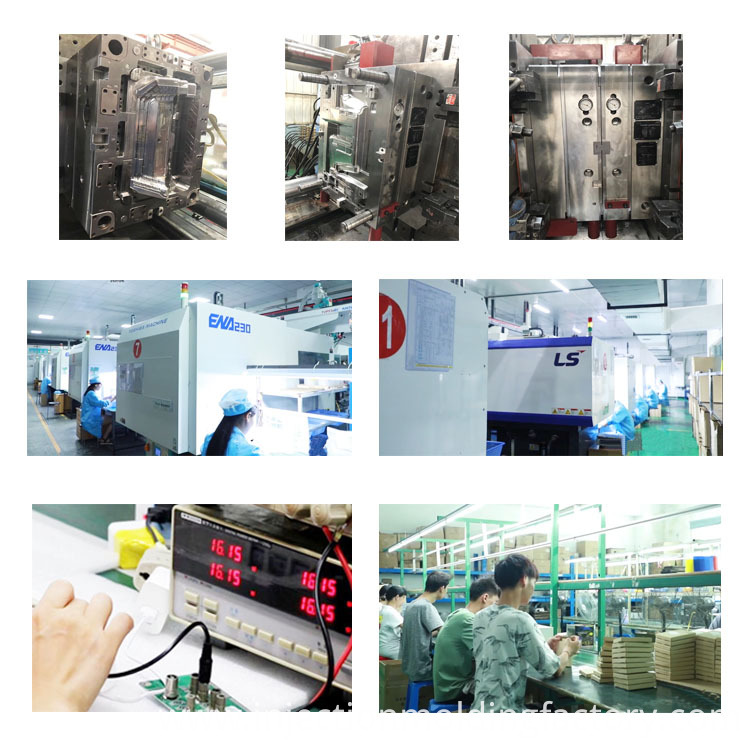Machining is the process of changing the external dimensions or performance of a workpiece with a processing machine. According to the temperature state of the workpiece being processed, it is divided into cold working and hot working. Generally processed at room temperature, and does not cause changes in the chemical or physical phase of the workpiece, said cold processing. Generally, the processing above or below the normal temperature state will cause changes in the chemical or physical phase of the workpiece, which is called thermal processing. Cold processing according to the difference between processing methods can be divided into cutting and pressure processing. Silicone mould is a special mold for making crafts. According to performance, the raw materials of glue can be divided into ordinary silicone and weather silicone. The characteristics of silicone are high temperature resistance, corrosion resistance, strong tear resistance, high simulation precision, and it is used to make various handicrafts mold.
Mold should be made in time after the silicone is matched. Pour the glue on the highest part of the mold in a trickle, let it flow naturally, brush it in place with an oil paintbrush where the flow is not in place, if it is a piece of silicone, not only fill the entire product, but also brush the glue evenly. Each product should be brushed with at least three layers of silicone. The thickness of each layer of silicone is 1mm. In the process of brushing the silicone, each layer is required to be cured before the other layer can be brushed. When brushing the third layer, add one layer on top of the second layer. The thickness of the silica gel part of the whole mold is controlled in 3-4mm according to the different requirements of the size of the product, and the width is not greater than 60 mm of the product width. The time for the silicone to set is 20 minutes.
Silicone Injection Molding, Moulding Silicone, Rubber Molds, Rubber Mold Making Sung Precision Mould & Plastic Co., Ltd. , https://www.injectionmoldingfactorys.com
1. Design steps and requirements: (1) Large batches of production types; (2) Process analysis of parts (using the new national standard); (3) Determination of the type, shape, size and accuracy of the blank; (4) Preparation of the process route. This is a key step in the development of the process specification. Its main tasks are: selection of positioning criteria, determination of the processing methods on each surface, arrangement of processing sequences, determination of the concentration and dispersion of processes, and the arrangement of heat treatment, inspection and other ancillary processes. When formulating the process route, generally several possible solutions are proposed, and analysis and comparison are conducted to determine the best solution. (5) Equipment used in the process is determined.
2. When selecting the machine tool, the following basic principles should be noted: 1 The machining size range of the machine tool should be compatible with the external dimensions of the workpiece. 2 The accuracy of the machine tool should be compatible with the accuracy required by the process. 3 The productivity of the machine tool should be compatible with the production type of the workpiece. If the size of the workpiece is too large and the accuracy is too high and there is no suitable equipment to choose from, consider retooling or designing a special machine. At this time, the machine tool modification (or design) task book needs to be put forward according to the specific process, and the necessary data and data related to the process processing should be proposed in the task book. For example: process dimensions, process tolerances and technical requirements, the positioning of the workpiece, clamping pressure, as well as the overall layout of the machine tool, machine tool productivity, etc.; (6) determine the process equipment used in each process.
3. The following points should be noted when selecting process equipment: 1 Selection of fixtures. 2 pairs of tool selection: Under normal circumstances should try to use standard tools. When machining on a combined machine tool, production is organized according to the principle of process concentration, and special composite tools can be used. 3 The choice of measuring tools: Measuring tools are mainly selected based on the type of production and the required inspection accuracy. General fixtures shall be used in the production of small batches. In mass production, limit gauges, high productivity inspection fixtures, and inspection instruments shall be used. (7) The machining allowances of each process shall be determined, and the process dimensions and tolerances shall be calculated; (8) Each process shall be determined. The amount of cutting. However, for high-volume assembly line production, especially for automatic line production, the cutting amount is required for each process and step in order to calculate the cycle time of each process. (9) determine the time quota; (10) fill in the process documentation.

Machining process specification